
Candida Martinelli's Italophile Site

Main
Page This family-friendly site celebrates Italian culture for the enjoyment of children and
adults. Site-Overview
Richard Ginori porcelain. Check out their
museum. (Note: they are
currently renovating their site, so it may be down.) Visit my pages on Renaissance Gardens
and Villa Gardens Visit my page about Modern
Italian Designs Books
about Italian Majolica and Porcelain The English word 'porcelain' comes from the Italian word 'porcellana'.
It's a white, hard, permanent, nonporous pottery that is translucent,
and resonant when struck.
Porcelain was first made by the Chinese, which is why in
English it's often called 'China' or 'Chinaware'. The Chinese
exported it to the Middle East and Europe, and closely guarded the
secrets of the trade.
It was not until 1710 that porcelain was made successfully and
commercially in Europe (Meissen, Germany), after trial and error,
and espionage to gain the secrets of the trade. It moved quickly
to Italy with the German wife of Charles of Bourbon (hmmm a woman and
porcelain, sounds about right...).
Capodimonte Porcelain dates from the mid-1700s, outside Naples,
under the control of Charles of Bourbon, the son of the king of Spain,
who then controlled the Kingdom of the Two Sicilies (Sicily up to
Naples). (Click here
for a longer history.)
Charles set up the factory and then had it dismantled a few years
later when his father died, and Charles returned to Spain to take the
throne. So original Capodimonte porcelain is very rare.
(Click here
or here
to see some original pieces in Spanish museums).
Two originals from 1780
Modern Capodimonte porcelain is still made in Italy, but some of it
has a decidedly modern feel about it, though charming all the same.
The on-line Capodimonte
Shoppe is run by a site visitor. They carry traditional
designs like the flower basket and centerpiece, and the wishing
wells, below, as well as more modern designs like beautiful
porcelain light-switch covers. They have a wide selection with
lots of images to drool over.
A British company, Capodimonte
Ltd., sells on-line a wide selection. There are lots of
images on their site from their various collections. For
example:
The Pizzamaker
The Chestnut Roaster
Even Amazon.com sells some offerings such as lamps and
porcelain flowers. Click on this link to see their selection.
Capodimonte
Porcelain from Amazon.com The English Porcelain company Richard Ceramics Company (since 1873)
joined with the Ginori porcelain firm, in business since 1737 as Manifattura
Doccia, to form Richard-Ginori, the premier Italian manufacturer
of porcelain today.
If their history interests you, they have a beautiful
on-line museum (currently their site is under renovation), and a real museum you can visit when in the
Florence area. And their store on Florence's main shopping
street (running from the Cathedral to the main square) is always one
of the main window-shopping attractions.
I've put images of some of their products on this page for
you to enjoy. They have a Richard
Ginori site you can visit to see more. It doesn't always
work, but when it does, it's very nice. You can try this on-line
store Chinacraft
of London for more images of Richard Ginori products.
Even Amazon.com sells some Richard Ginori products.
Click on this link to see their selection, or on the Ross Simons
Store link. Ross Simons sells discounted household goods
through a storefront at Amazon.com, including Italian majolica
and porcelain.
Richard
Ginori from Amazon.com You can see what books are available at Amazon.com about
Italian porcelain, what people's comments on the books are, and what
they cost, with this Amazon.com
Search tool. Just enter 'Books' in the 'Search' field, and, for example,
'Capodimonte' or 'Richard Ginori' in the 'Keywords' field. Then
click on the 'Go' button to see the list.

Italian
Porcelain: Capodimonte, and Richard-Genori
![]()
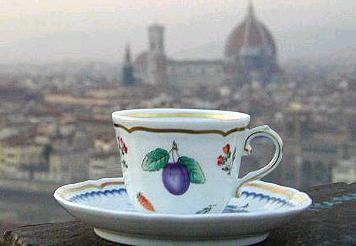
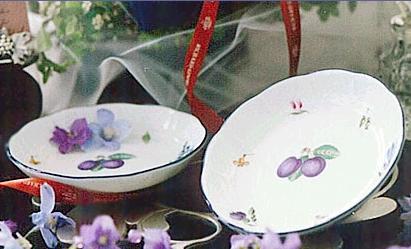
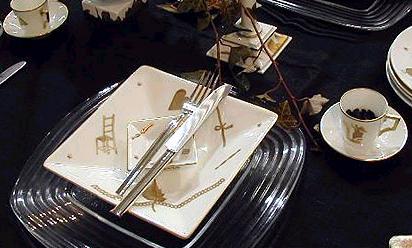

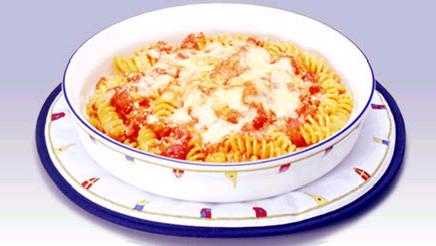
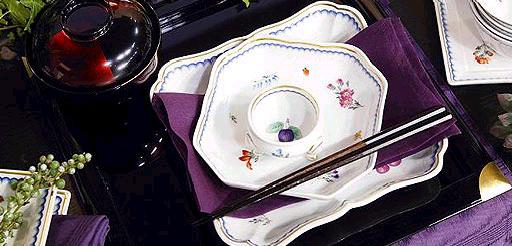
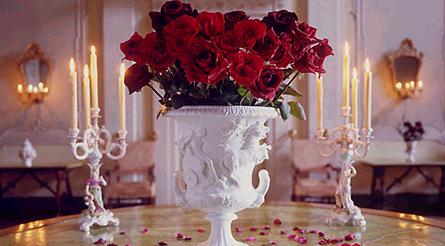
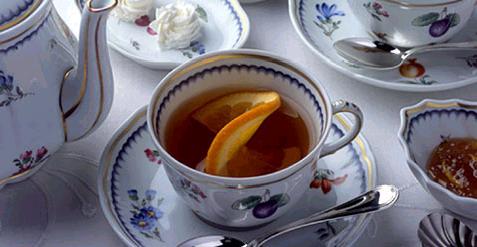
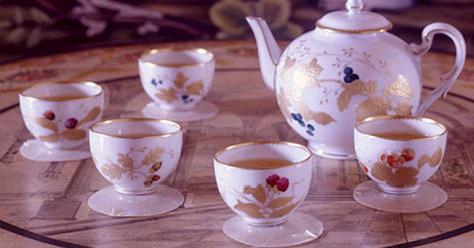
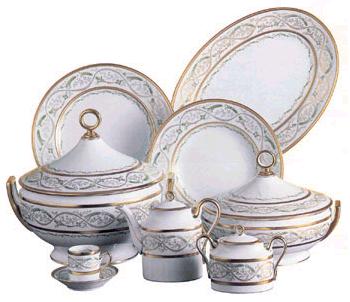
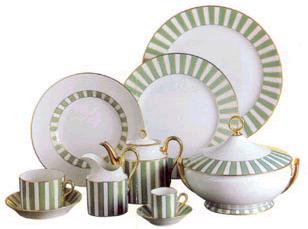
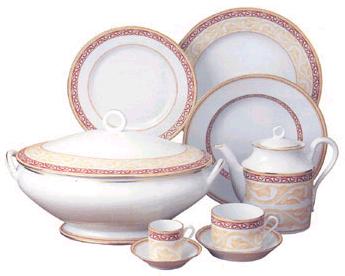
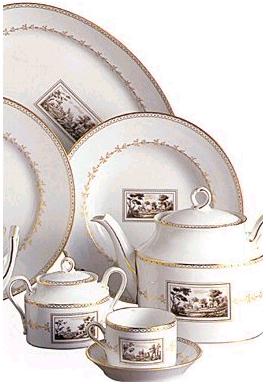
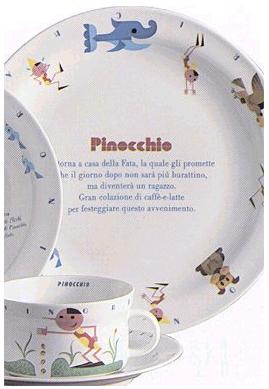

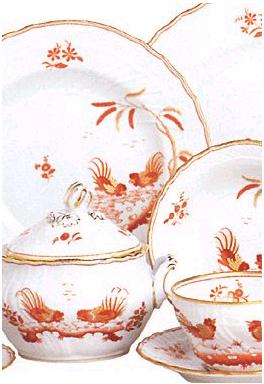
Italian Porcelain
Capodimonte Porcelain
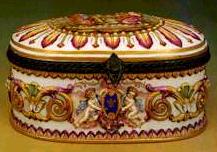
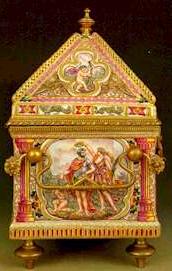

Richard-Ginori Porcelain
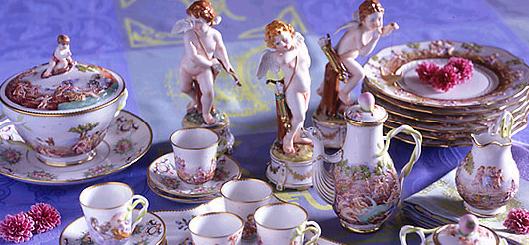

Books About and Italian
Porcelain